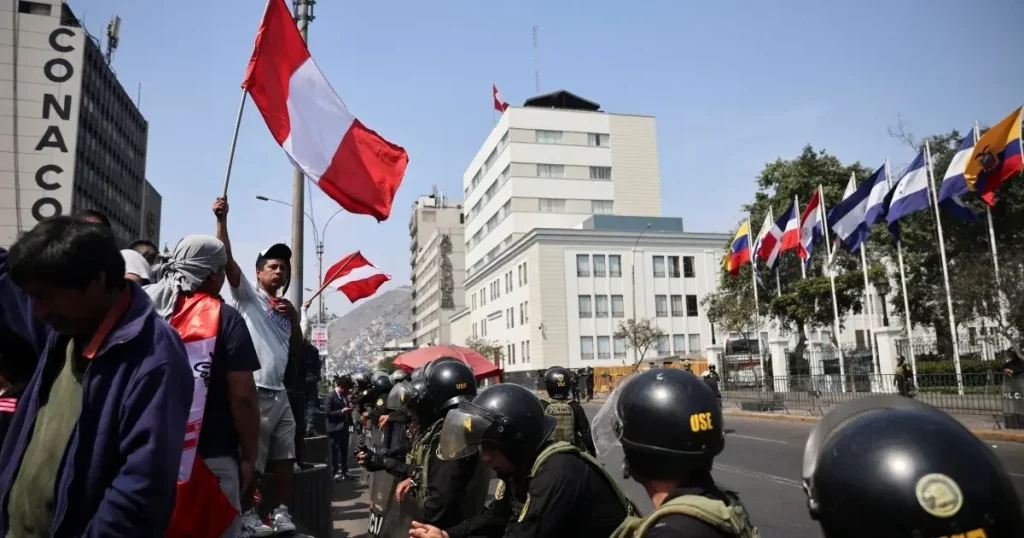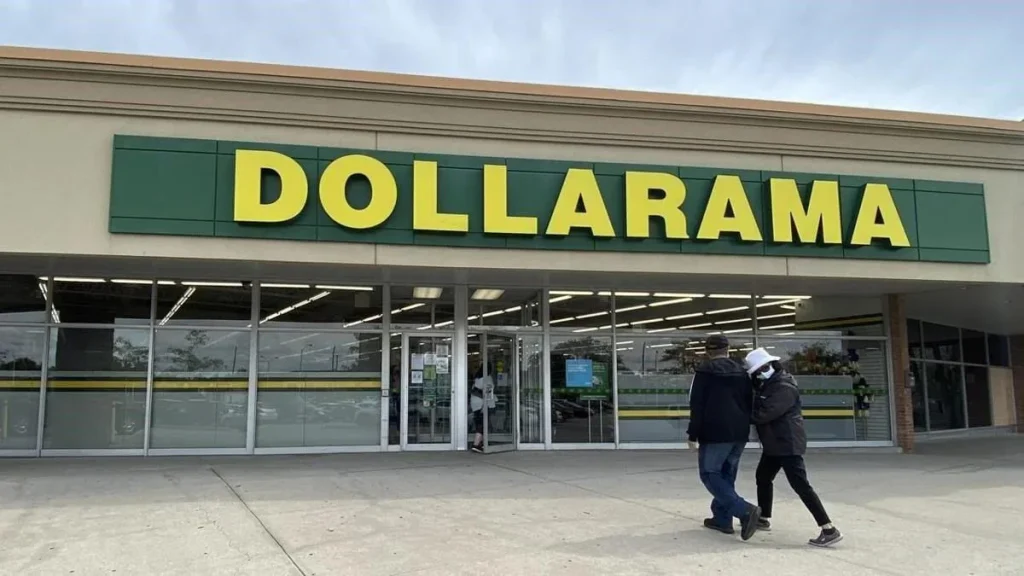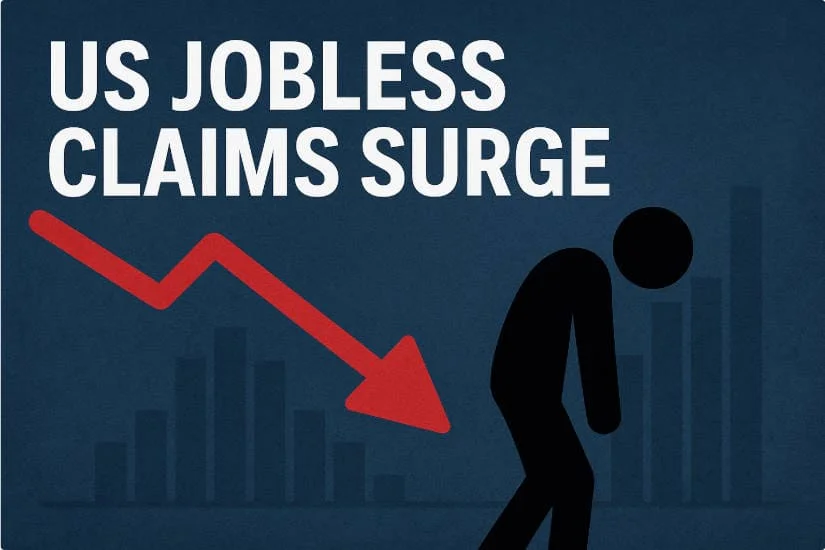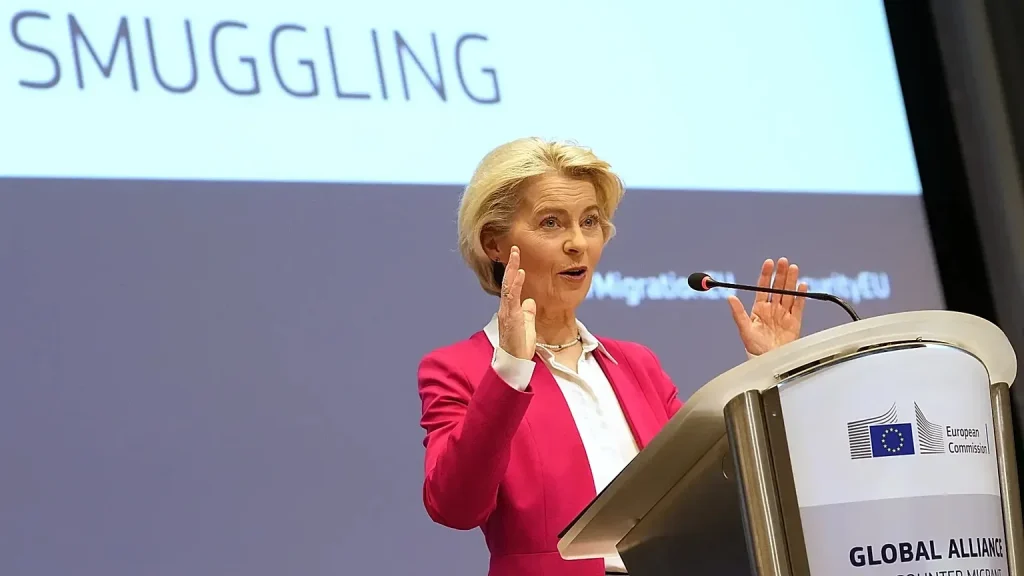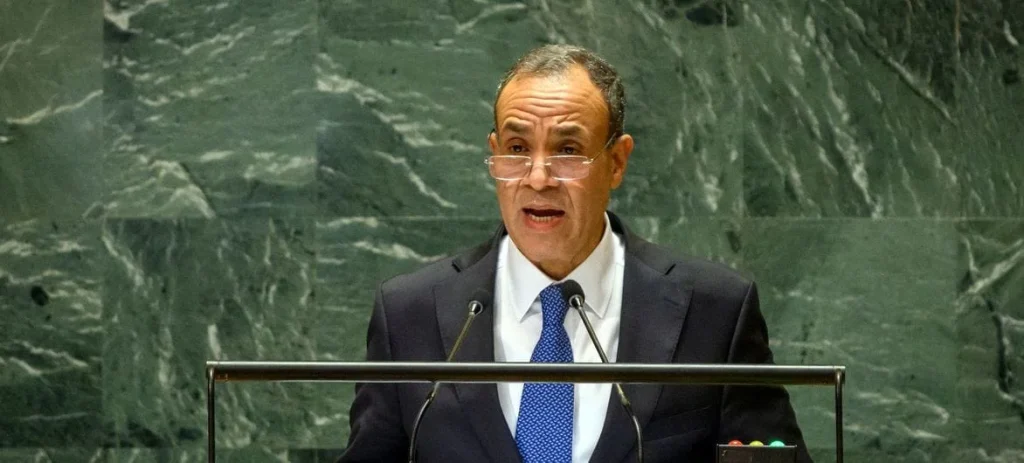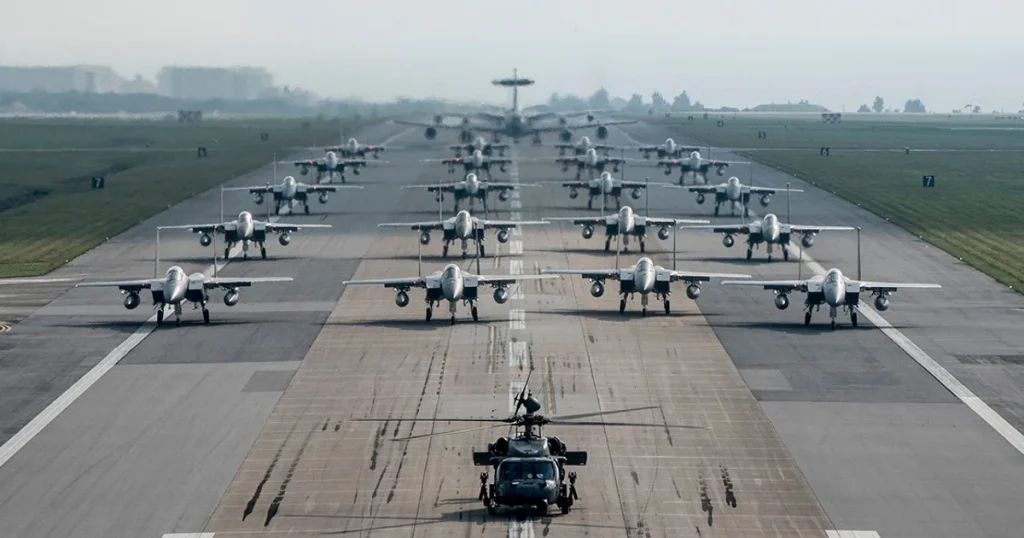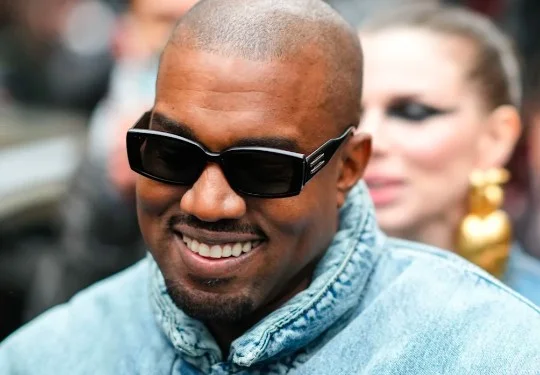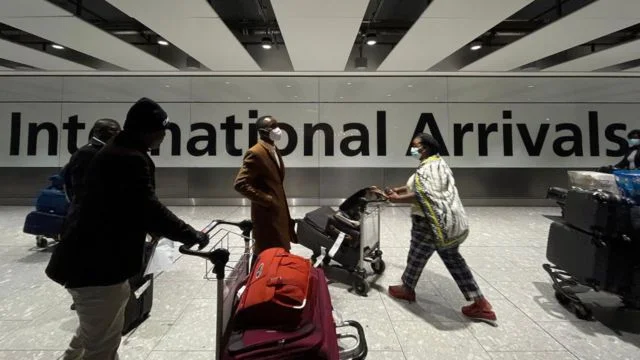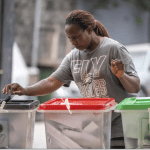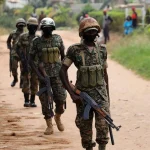On Tuesday, violent clashes rocked Lima, Peru’s capital, as protesters called for the resignation of interim President José Jerí and Congress members. They also demanded the repeal of laws they claim are driving a surge in crime.
The demonstrations, spearheaded by a youth movement known as Generation Z, reflect growing frustration with the country’s political and social challenges.
Unrest Fueled by Rising Crime and Political Instability
The protests erupted amid a wave of reported murders and extortion cases across Peru. Generation Z, primarily made up of young people under 30, has grown into a broader coalition, including trade unionists and families of those killed in anti-government protests in 2022 and 2023.
The group’s anger is directed at recent laws they believe have worsened public safety, as well as the government’s failure to address the escalating violence.
Near the Congress building, tensions boiled over. Demonstrators tried to tear down metal barricades, leading to confrontations with riot police.
The clashes left several protesters and officers injured, with chaotic scenes unfolding in the heart of the capital. Police used crowd-control measures to disperse the crowd, while protesters threw objects and chanted slogans demanding change.
Political Turmoil Sparks Public Outrage
The unrest follows the ousting of former President Dina Boluarte last Friday, when major political parties in Parliament withdrew their support. This decision came just months before scheduled general elections, plunging Peru into further instability.
José Jerí, a 38-year-old lawmaker, stepped in as interim president, inheriting a nation grappling with deep political divisions and widespread public discontent.
Jeri’s sudden rise to power has done little to calm tensions. Many Peruvians view the interim government as disconnected from their struggles, particularly as crime rates soar.
The protests in Lima signal a broader demand for systemic reform, with Generation Z and their allies pushing for new leadership and policies to address the country’s challenges.
A Movement Gaining Momentum
Generation Z’s protests have struck a chord with many Peruvians, who see the movement as a call for justice and accountability. The inclusion of trade unions and grieving families has amplified the group’s message, drawing larger crowds to the streets.
Demonstrators argue that the government’s policies have failed to protect citizens, leaving communities vulnerable to violence and economic hardship.
As the clashes subsided, Lima’s streets were left littered with debris, and local authorities began assessing the damage.
The injuries sustained during the protests have raised concerns about escalating tensions in future demonstrations. Community leaders have called for dialogue to address the protesters’ demands, but with elections looming, Peru remains on edge.
Looking Ahead
The violent protests highlight Peru’s ongoing struggle with political instability and public safety. As Generation Z and their supporters continue to rally, the interim government faces mounting pressure to respond.
Whether José Jerí can navigate this crisis and restore calm before the elections remains uncertain. For now, Lima’s streets remain a battleground for a nation seeking change.
READ ALSO: Zimbabwe’s Girls Redefine Tradition to Combat Child Marriage

